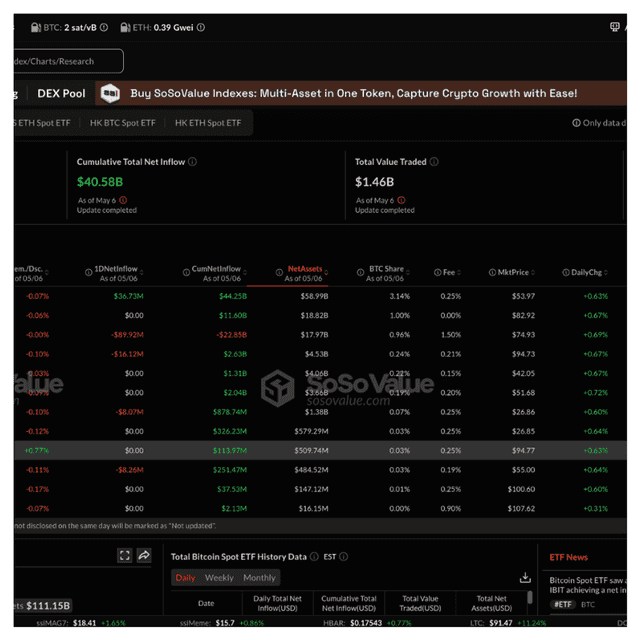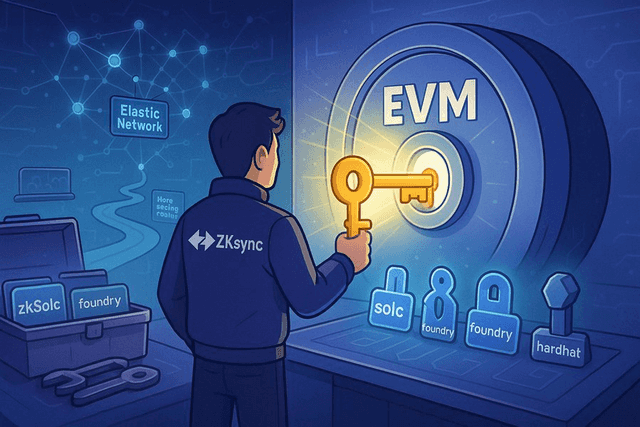2025-04-30 20:30
블록미디어

출처: Block Media
**Solana's Sidechain 'Solayer' Emerges to Address High Transaction Costs and Latency for Market Makers**
Aiming to expand Solana’s ecosystem, the new sidechain 'Solayer' is drawing attention as a solution to transaction inefficiencies, particularly high costs and delays faced by market makers. Solayer, positioned between Layer 1 (L1) and Layer 2 (L2), offers a unique architecture designed for high-speed processing while maintaining seamless integration with the Solana network.
Chaofan Shou, the developer behind Solayer, discussed the project during a guest appearance on the podcast *Validated*. He explained, “While trading on Solana's mainnet benefits from low fees, completing transactions at desired times often becomes difficult without paying priority fees. Market makers, who facilitate liquidity for perpetual futures products, handle millions of trades daily and incur significant priority fee expenses in the process.”
Austin Federa, the podcast's host, former Head of Strategy at Solana, and now co-founder of DoubleZero, highlighted a crucial issue. “Despite Solana’s reputation for low transaction fees, traffic surges can cause these fees to spike, forcing market makers to see diminished profits,” said Federa, who emphasized the importance of Solayer’s technical advancements in addressing this challenge.
**High-Speed Trading Without Compromising Security**
Solayer leverages specialized hardware such as FPGA (Field-Programmable Gate Arrays), SmartNICs, and SDN switches to achieve ultra-fast transaction processing. By leveraging a microservices-based gateway system, user transactions are pre-processed, with hardware accelerating parallelizable trades. This allows for a throughput of up to 1 million transactions per second (TPS) and sub-millisecond latency.
“FPGA enables the execution of repeatedly used core programs in decentralized perpetual exchanges (Perp DEX) directly at the network level. Solana's Sealevel Virtual Machine (SVM) is particularly suited for pre-determined state access, making it an optimal fit for hardware-level processing,” Shou explained.
While Solayer operates on its own chain, assets remain securely stored on Solana. Users interact through existing Solana wallets, and settlements are performed internally on the Solayer chain. Assets are locked in escrow contracts, ensuring a user experience consistent with traditional Solana transactions. Moreover, Solayer mitigates single-point failures by running geographically distributed sequencers. If one sequencer fails, the network switches to Solana’s full consensus mode, defaulting back to high-speed operation once a new sequencer is elected.
**A Growing Ecosystem: Gaming, IoT, and DPIN Applications**
Beyond catering to market makers, Solayer plans to expand into other high-performance infrastructure sectors, targeting low-cost IoT devices, gaming, and Decentralized Physical Infrastructure Networks (DPIN) projects. “Our infrastructure is ideal for IoT devices exchanging large volumes of messages or multiplayer games where many users interact concurrently,” stated Shou.
The development team is also working on a Minecraft-like game, offering a single global map where users can interact in real-time by adding or removing blocks. This innovative use case will showcase Solayer's high-bandwidth processing capabilities.
Currently, Solayer is preparing its testnet and has demonstrated a processing capacity of 500,000 transactions per second through software simulation. The mainnet launch will follow the integration of necessary hardware. Updates and developments will be regularly shared through its official Twitter and Discord channels.
View original content to download multimedia: https://www.blockmedia.co.kr/archives/899289




